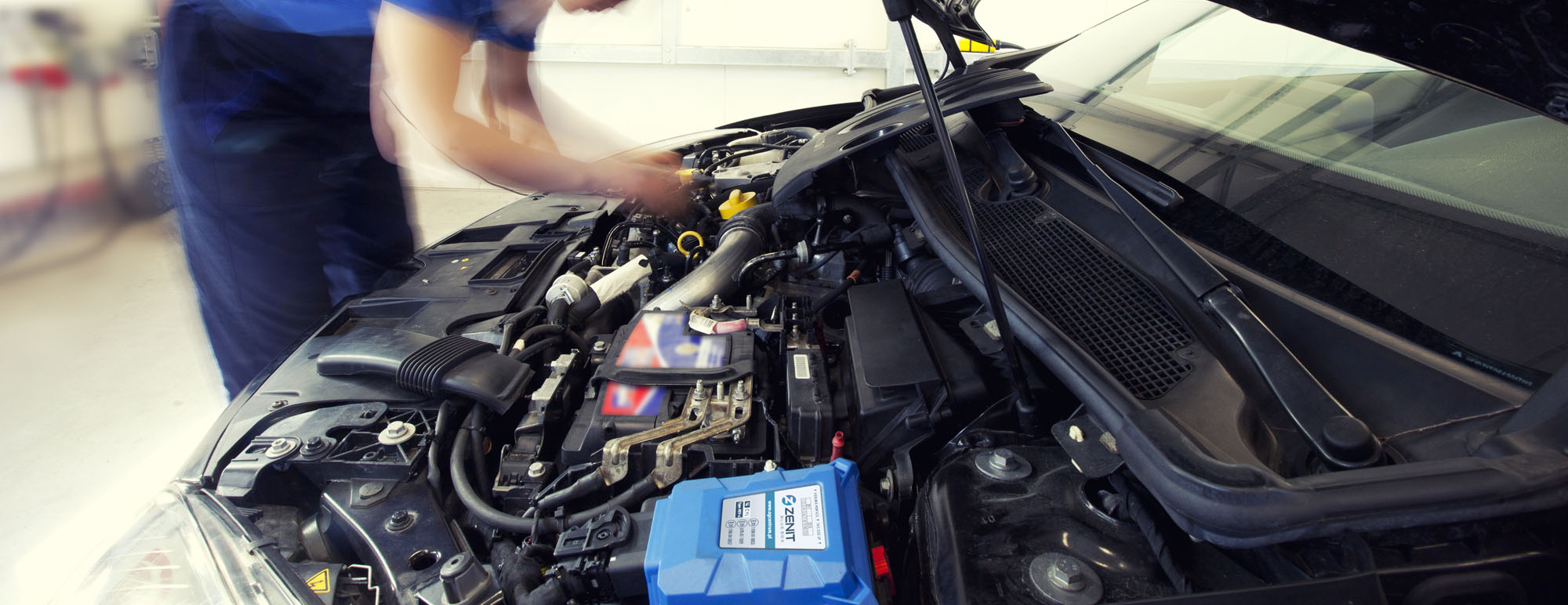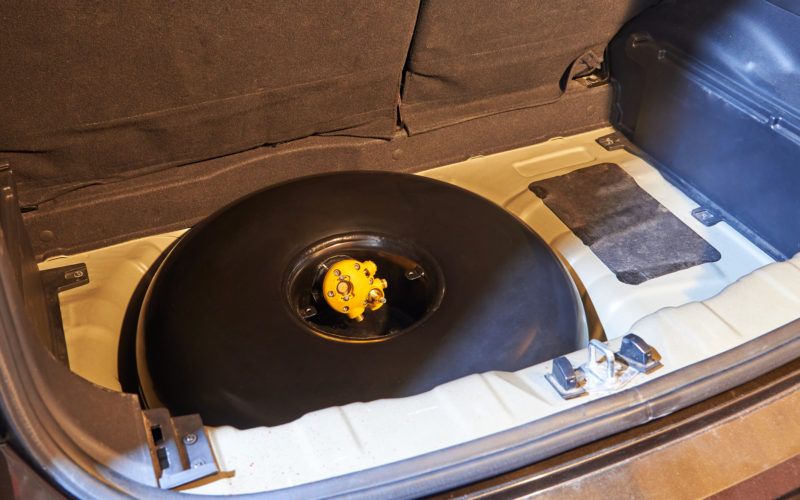Registration certificate vs. gas installation
LPG systems are very popular among users and are installed in slightly more than 14% of cars registered in Poland. However, in the group of cars that are used particularly intensively autogas constitutes a much larger percentage of vehicles. This is due to the fact that driving on autogas, especially if the driver covers longer distances, is much more profitable. It should be remembered, however, that choosing an LPG system imposes a number of additional obligations on the driver, both in terms of purely operational as well as formal and legal issues. Let’s take a closer look at the benefits of LPG driving, see what additional requirements are related to it and check the issue of LPG vehicle registration inspections.
Driver’s responsibilities when using an LPG vehicle
Using a car with LPG installation means quite significant savings. Driving one kilometer in this case turns out to be much cheaper, and the investment in installing a system that allows you to drive on autogas can pay for itself in a relatively short time. This depends on the number of kilometers driven – the more kilometers, the faster the expense will become profitable. Importantly, the car retains full power and is able to accelerate as dynamically as before. It is necessary to scrupulously observe inspection dates, as well as replacement of naturally consumable materials – oil and filters. Driving a car on gas also requires you to remember about a few additional duties.
Using autogas, you need to take into account the necessity of taking care of the state of gas filters and replace both the liquid phase filter and the vapor phase filter with the frequency recommended by the manufacturer of the installation – most often it will be from 10 to 15 thousand kilometers. Because the quality of fuel can be different depending on the place where it is bought, in case of frequent refueling in the stations that do not guarantee maintaining appropriate quality parameters, the periods between inspections can need to be shortened. LPG system inspections, such as checking the condition of the reducer, should not be neglected either.
The autogas driver’s responsibilities also include taking care of the quality of the oil and filters, as well as the condition of the cooling system. It is worth remembering that the coolant is needed, among other things, to heat the reducer so that it does not cool down too much when expanding the gas. However, the widespread myth that it is necessary to cover longer distances periodically only with petrol is not true – the car starts on it and that is enough. Finally, the operation of a car with LPG means that clearly defined formal requirements must be met.
Formalities related to technical inspections of cars with gas installation
The parts installed in the car must be properly homologated in order to be operated safely and legally – rest assured here, because the restrictions imposed on Autogas manufacturers require that all components have all the necessary approvals. The car as a whole is also subjected to the appropriate tests by the manufacturer or importer, confirming that its use is free of risks beyond the foreseen acceptable levels and that the vehicle meets the requirements stipulated by the applicable regulations. Approval must also be granted for the LPG system. Each car in which autogas will be installed must have the appropriate entry in its registration certificate. The first obligation of the owner after the installation will be to obtain the appropriate note during the visit in the Motor Vehicle Department. For this purpose, within 30 days a copy of the extract from the certificate of approval of installation of the system and the certificate of installation of the tank must be presented, as well as the sales document, on which the VIN number and the registration number of the car will be placed.
Since all the sub-assemblies of the car are subject to systematic wear, the technical condition of the car must be examined within the prescribed periods, and admission to traffic confirmed by an entry in the CEPiK database and a stamp placed in the vehicle registration card. In new cars, the first technical inspection is carried out after three years, the next after two years, and each subsequent year. However, if an LPG system is installed in the car, these deadlines are shorter and inspections – even in a car that is not yet 5 years old – must be performed annually.
It is worth remembering that the period for which the legalization of the gas tank is issued is 10 years. As a result of its examination will be issued an appropriate document, which will then become the basis for extending the validity of the registration certificate – of course provided that the entire installation is considered by the diagnostician as tight and efficient. Inspection of a car with LPG system is more expensive than a vehicle without it. An “ordinary” inspection costs 98 PLN, while for an LPG vehicle inspection you need to pay 162 PLN.
Translated with www.DeepL.com/Translator (free version)

